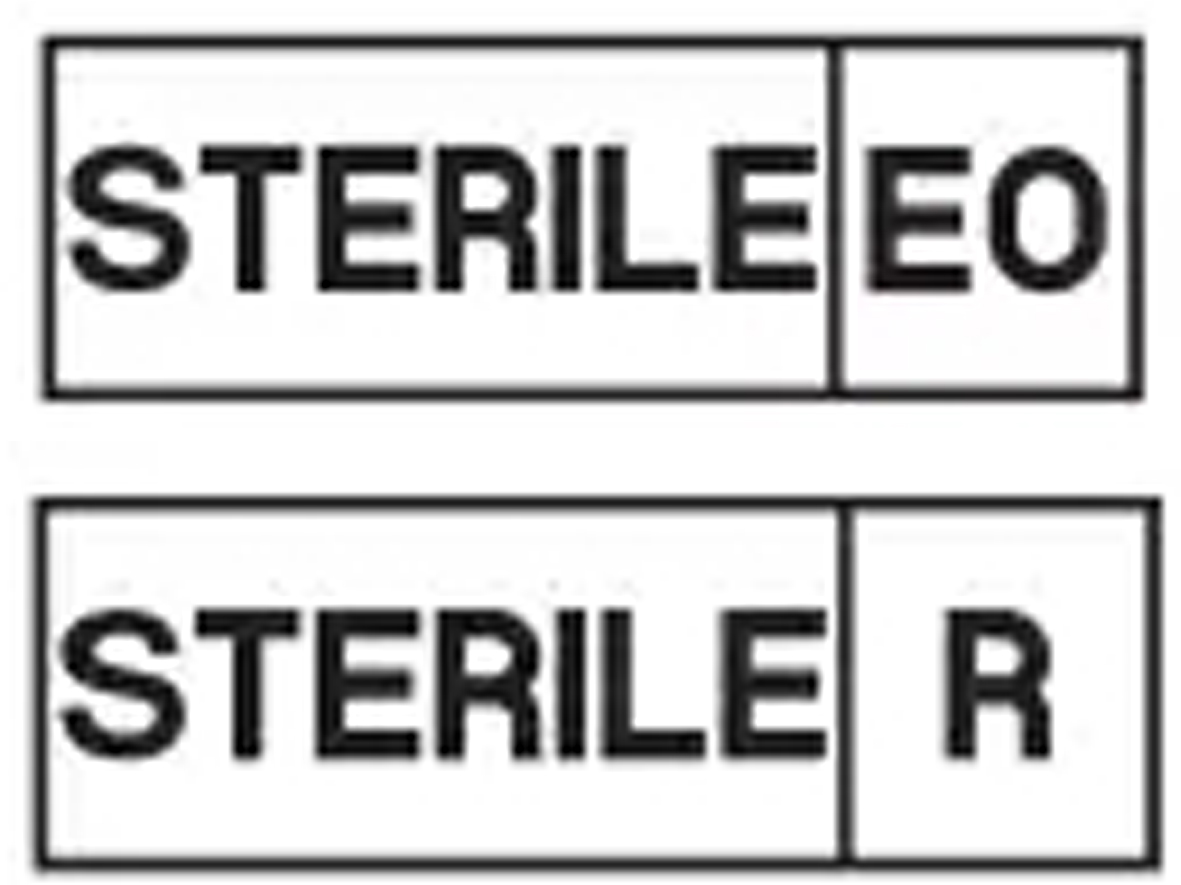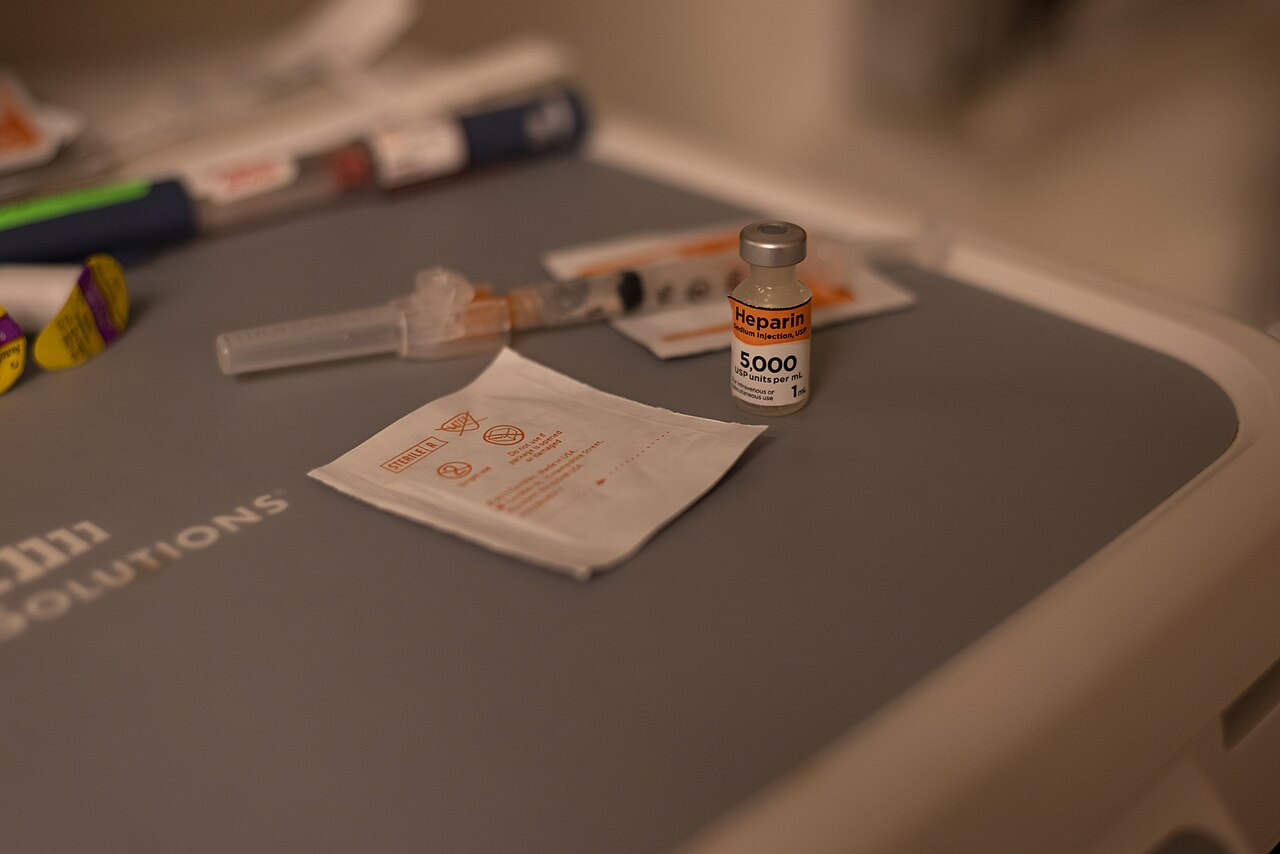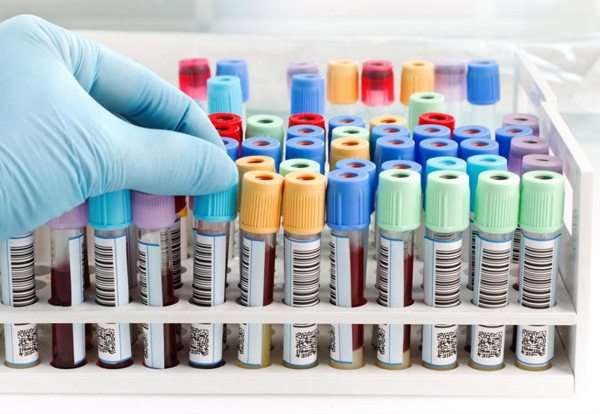The Importance of Blood Vessels in Phlebotomy
 Blood vessels are a crucial aspect of the phlebotomy process, as successful vascular access significantly impacts both the phlebotomist’s ease and patient comfort during blood collection. In this blog post, we’ll discuss the importance of selecting the appropriate blood vessels and techniques for blood collection to promote safety and efficiency.
Blood vessels are a crucial aspect of the phlebotomy process, as successful vascular access significantly impacts both the phlebotomist’s ease and patient comfort during blood collection. In this blog post, we’ll discuss the importance of selecting the appropriate blood vessels and techniques for blood collection to promote safety and efficiency.
Choosing the Appropriate Blood Vessels
When choosing blood vessels for access, it’s important to consider factors such as vein size, visibility, and accessibility. They should not have any occlusions, thromboses, or other medical issues that may complicate the procedure. While it’s generally preferred to access the deep veins, phlebotomists must also consider a patient’s comfort level, particularly when high-pressure veins are not easily accessible.
Techniques for Blood Collection
Once a suitable site has been identified, there are several techniques that a phlebotomist will use to access the blood vessel. These include:
1. Tournequet Application
The use of a tournequet is a standard technique used to restrict blood flow and make the veins more noticeable. Ensure that the tournequet is applied tightly and that it’s effective in exposing the veins.
2. Needling
The needles used in phlebotomy vary in size, and the most appropriate size is determined by several factors such as age, sex, and physical condition. Needles should always be inserted at a 15- to 30-degree angle, depending on the size of the vein being accessed.
Blood Collection Tubes come in a variety of sizes, and the appropriate one is dependent on the amount of blood needed. It’s essential to ensure the tubes are labeled correctly and sent to the laboratory for analysis.
After Care
Once blood collection has been completed, it’s essential to provide aftercare instructions, including holding pressure on the site to stop any bleeding, and checking for adverse effects such as swelling and infection. The patient must also be educated on basic care for their veins, such as avoiding tight clothing or jewelry on the puncture site.
Conclusion
Blood vessel selection and phlebotomy techniques are critical in ensuring successful blood collection. By choosing appropriate veins and using careful techniques, phlebotomists can provide safe and efficient procedures for patients. A thorough knowledge of these techniques is essential to maintain the highest standards of care in phlebotomy procedures.













